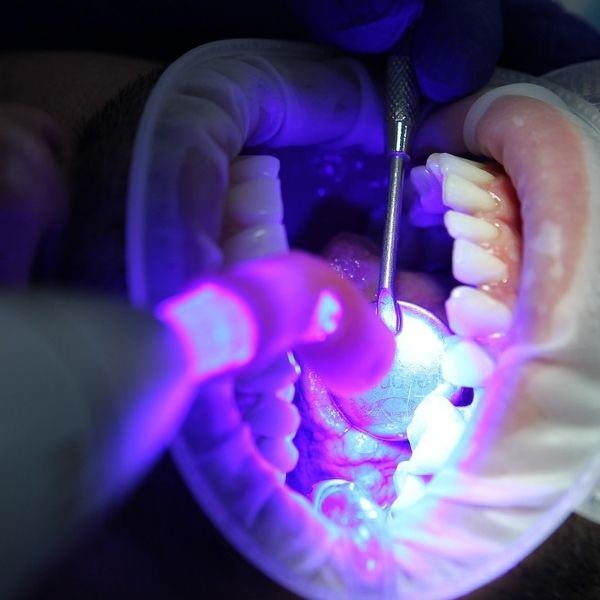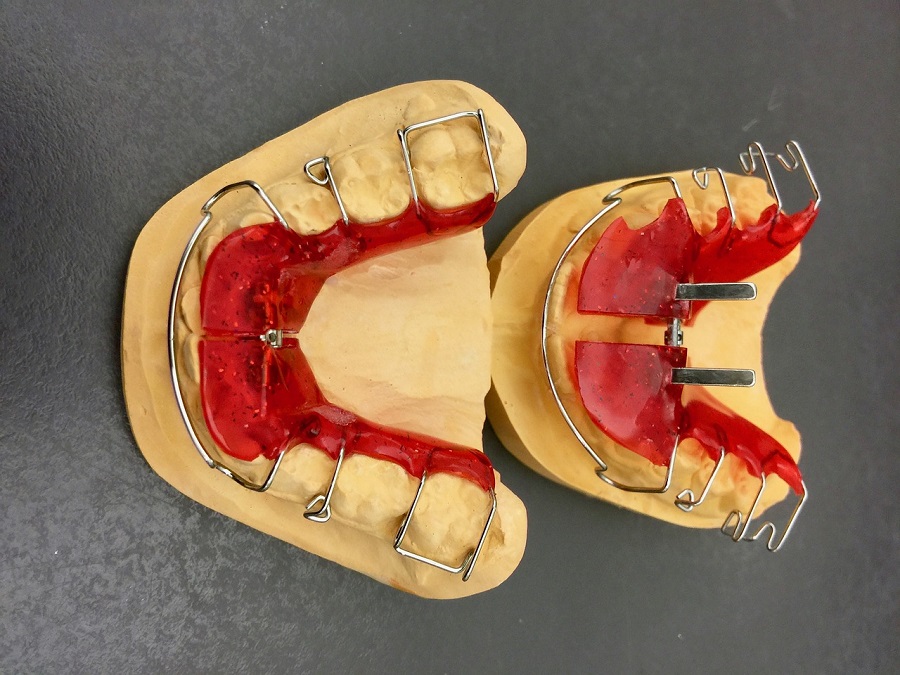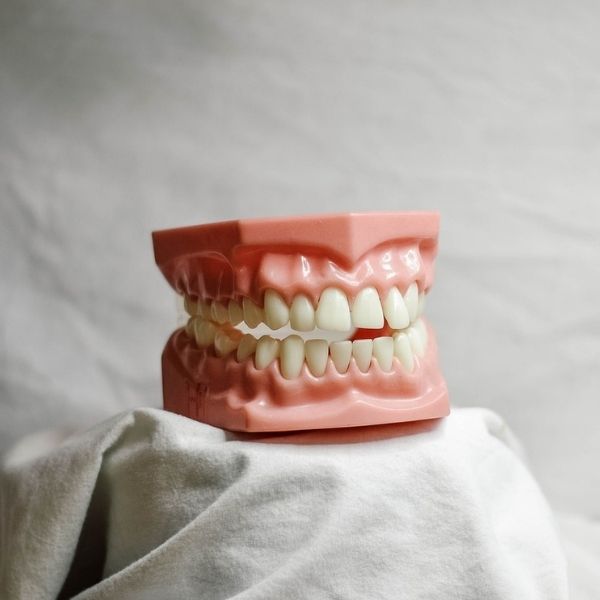Methods of whitening your teeth have become increasingly popular as people strive for brighter, whiter smiles. A radiant smile can boost your confidence and enhance your overall appearance. Over time, teeth can become stained or discolored due to factors like aging, consumption of certain foods and beverages, smoking, and poor dental hygiene. Thankfully, there are several effective methods of whitening your teeth that can help restore their natural shine. Whether you’re considering professional treatments or DIY solutions, this article will guide you through the best options available.
1. Professional In-Office Whitening
One of the most effective methods of whitening your teeth is through professional in-office whitening. This treatment, performed by a dentist, offers the quickest and most dramatic results. Dentists use powerful bleaching agents, typically containing hydrogen peroxide or carbamide peroxide, which can whiten teeth by several shades in a single visit.
During the procedure, your dentist will apply a protective barrier to your gums before applying the whitening gel to your teeth. The gel is then activated using a special light or laser, which helps speed up the process. Within an hour, your teeth can be significantly brighter.
Advantages of Professional In-Office Whitening:
- Immediate results: You’ll see a noticeable improvement after just one session.
- Customized treatment: Dentists can adjust the strength of the whitening agent based on your needs.
- Safe and controlled environment: The procedure is closely monitored by a dental professional, reducing the risk of irritation or sensitivity.
Disadvantages:
- Cost: In-office treatments can be expensive, typically ranging from $300 to $1,000.
- Temporary sensitivity: Some patients experience mild tooth sensitivity after the procedure, but it usually subsides within a few days.
2. Take-Home Whitening Kits from a Dentist
Another reliable method of whitening your teeth is using a take-home whitening kit provided by your dentist. These kits include custom-fitted trays and a professional-strength whitening gel. While the results are not as immediate as in-office treatments, take-home kits offer a convenient and effective way to whiten teeth over time.
Your dentist will take an impression of your teeth to create trays that fit perfectly. You’ll wear the trays filled with whitening gel for a few hours each day or overnight, depending on the dentist’s instructions. Results are typically visible after a week or two of consistent use.
Advantages of Take-Home Whitening Kits:
- Custom-fitted trays: The trays are designed specifically for your teeth, ensuring even application of the whitening gel.
- Professional strength: The whitening gel is more effective than over-the-counter products, delivering longer-lasting results.
- More affordable than in-office treatments: Take-home kits generally cost between $200 and $400.
Disadvantages:
- Slower results: It may take several days to a couple of weeks to see significant changes.
- Commitment required: You need to wear the trays consistently to achieve optimal results.
3. Over-the-Counter Whitening Products
For those seeking affordable methods of whitening your teeth, over-the-counter (OTC) whitening products are a popular option. These include whitening strips, gels, toothpaste, and mouthwashes, all of which are available at most drugstores.
a) Whitening Strips
Whitening strips are one of the most common OTC methods of whitening your teeth. These thin plastic strips are coated with a peroxide-based whitening gel and are applied directly to the teeth. Most whitening strips need to be worn for 30 minutes once or twice a day for one to two weeks.
Advantages of Whitening Strips:
- Affordable and accessible: Whitening strips are easy to find and cost between $20 and $50.
- Convenient to use: They can be applied at home without the need for professional supervision.
Disadvantages:
- Less dramatic results: The whitening may not be as intense as professional treatments.
- Uneven coverage: Strips may not cover all tooth surfaces, leading to inconsistent results.
b) Whitening Toothpaste and Mouthwash
Whitening toothpaste and mouthwash are other popular methods of whitening your teeth. These products contain mild abrasives or low concentrations of hydrogen peroxide that help remove surface stains over time.
Advantages of Whitening Toothpaste and Mouthwash:
- Inexpensive and easy to use: These products can be easily incorporated into your daily routine.
- Helps maintain results: They are useful for maintaining the effects of professional whitening treatments.
Disadvantages:
- Limited effectiveness: These products only address surface stains and don’t offer the same whitening power as professional treatments.
- Slow results: It may take weeks or months to notice any improvement.
4. Natural Teeth Whitening Remedies
For those who prefer natural methods of whitening your teeth, several home remedies may provide mild whitening effects. These methods are often inexpensive and easy to try, though they may not offer the same results as professional treatments.
a) Baking Soda
Baking soda is a well-known natural remedy for teeth whitening. Its mildly abrasive ure helps scrub away surface stains, and its alkaline properties neutralize acids in the mouth, promoting oral health. You can use it by mixing a small amount with water to form a paste and brushing your teeth with it a few times a week.
Advantages:
- Affordable and easily accessible: Baking soda is a common household item.
- Effective for surface stains: It helps remove minor discoloration.
Disadvantages:
- Not as powerful as professional methods: Baking soda won’t provide dramatic whitening results.
- Can be abrasive: Overuse can damage tooth enamel, so it should be used sparingly.
b) Oil Pulling
Oil pulling is an ancient practice that involves swishing oil (typically coconut or sesame oil) around the mouth for 10-20 minutes. While oil pulling is primarily used to improve oral hygiene, some people believe it can help reduce surface stains on the teeth.
Advantages:
- Natural and gentle: Oil pulling is a non-invasive method that may also improve gum health.
- Inexpensive: Coconut oil is affordable and easy to find.
Disadvantages:
- Minimal whitening effects: There is no scientific evidence that oil pulling significantly whitens teeth.
- Time-consuming: The process takes 10-20 minutes, which may not fit into everyone’s routine.
c) Hydrogen Peroxide
Hydrogen peroxide is a common ingredient in many whitening products. Some people use diluted hydrogen peroxide as a mouth rinse or mix it with baking soda to create a whitening paste. However, it’s important to use it carefully to avoid damaging your teeth or gums.
Advantages:
- Inexpensive and readily available: Hydrogen peroxide is easily found in most drugstores.
- Effective for mild stains: When used properly, it can help remove surface discoloration.
Disadvantages:
- Risk of irritation: Using hydrogen peroxide too frequently or in high concentrations can cause gum irritation and tooth sensitivity.
5. LED Whitening Kits
LED whitening kits have gained popularity as another effective at-home method of whitening your teeth. These kits typically include a whitening gel and an LED light that accelerates the whitening process. The LED light activates the gel, helping to achieve faster results.
Advantages of LED Whitening Kits:
- Faster results than OTC products: LED kits can deliver quicker results compared to traditional strips or toothpaste.
- Convenient for home use: These kits allow you to whiten your teeth at home without the need for a dental appointment.
Disadvantages:
- Varied effectiveness: Results depend on the quality of the kit and the severity of the stains.
- Cost: LED kits can be more expensive than other OTC products, though still more affordable than professional treatments.
There are many effective methods of whitening your teeth, each with its own advantages and drawbacks. Professional in-office whitening offers the most dramatic and immediate results but comes at a higher cost. Take-home kits from your dentist provide a more gradual whitening process and are an excellent middle-ground option. Over-the-counter products, such as whitening strips and toothpaste, offer a more affordable approach but may take longer to achieve noticeable results.
Natural remedies like baking soda and oil pulling are gentler and less expensive but may not provide the same level of whitening as professional treatments. LED whitening kits are another great option for faster at-home results.
Ultimately, the best methods of whitening your teeth depend on your budget, timeline, and personal preferences. Regardless of the method you choose, maintaining good oral hygiene and avoiding foods and beverages that stain teeth will help you preserve your bright smile for the long term.





